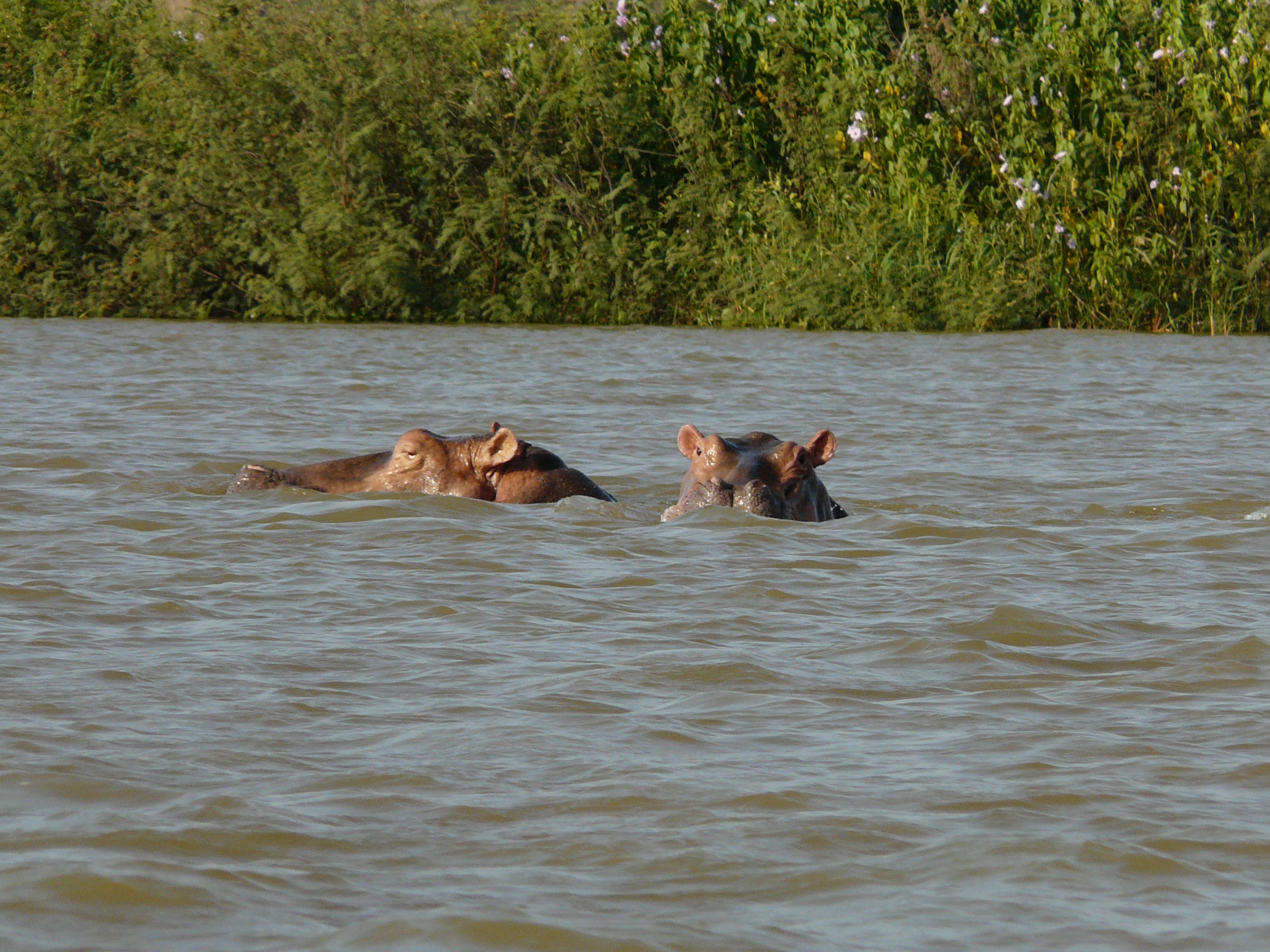- Resolution of Human Wildlife Conflicts
- Bénéficiaire BISSAKOUPOU
- Montant du projet 70 000 €
- Subventions FFEM 35 000 €
-
État du projet en cours
The local Woozi refuge is located a few tens of km upstream from the Bagré RAMSAR site. It is an ecosystem that was fragmented into two large blocks following the impoundment of the Bagré dam in 1992. The first block is located on the west bank in the department of Boussouma (province of Boulgou) 54 km east west of Tenkodogo, capital of the province and 20km from the headquarters of the association. The second block (the hippo refuge) is located on the east bank and depends on the department of Gon-boussougou (Zoundweogo Province) 40 km from Manga, the capital of the province and 125 km from the headquarters of the association.
The results of the studies carried out in 2000 gave a hippopotamus population of 154 individuals on the two banks, including 61 individuals on the West bank.
The main environmental problem that this project intends to address concerns the reduction and disturbance of the natural habitat of the sacred hippos of Woozi. The creation of the artificial lake caused local and regional disturbances of the existing ecosystems, production systems and socio-cultural fabrics that ensured the subsistence and social cohesion of the communities in the area.
Ecologically, the most felt loss was the engulfment of the Woozi Sacred Hippopotamus Pond and its related habitats which led to a dispersal of hippopotamuses along the left and right shores as well as in other communities bordering the lakes Gogo, Niaogho, Béguédo, Bagré, which causes damage to market garden crops and fields located on their routes, despite attempts to protect the sites with makeshift fences (straw) and can be the cause of the destruction of fishing gear and / or represent a risk of fatal attacks for fishermen on the lake. The absence of well-defined grazing areas, the degradation of habitats and banks have resulted in the reduction of food resources for hippos. Added to this are the various human activities (market gardening, installation of fishermen’s camps, etc.) which have greatly contributed to shrinking the grazing areas of hippopotamuses, generally contributing to a human-animal conflict.
